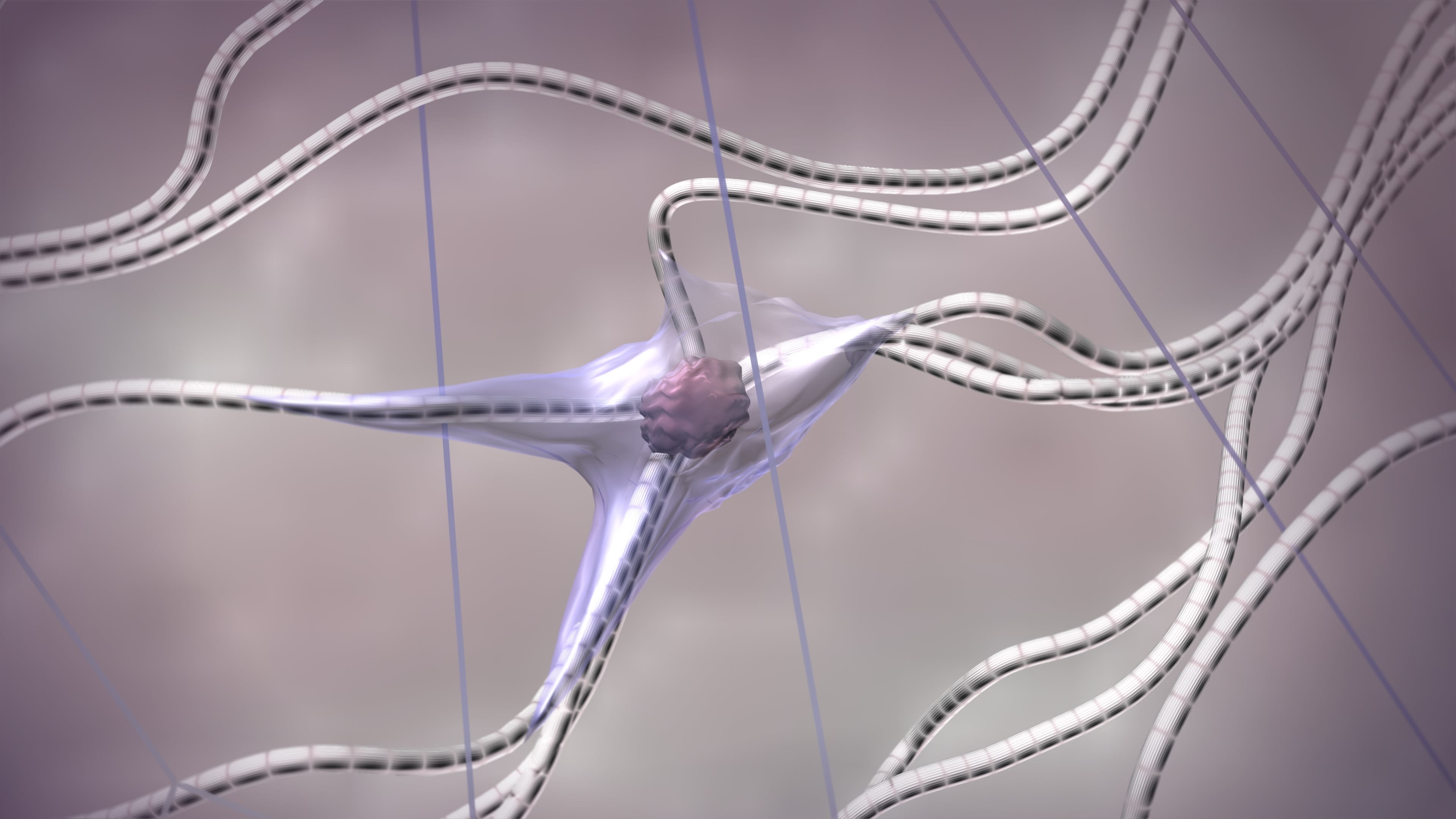Understanding the mechanism of Cancer-associated fibroblast subpopulation reprograming-mediated immunomodulation in Colorectal cancer.
Lei Lei 1,2, Niamh A Leonard 1,2, Eileen Reidy1,2, Aoise O’Neill1,2, Oliver Treacy 1,2, Claire Feerick1,2, Hannah Egan 1,2, Aideen E Ryan 1,2.
1 Discipline of Pharmacology and Therapeutics, College of Medicine, Nursing and Health Sciences, National University of Ireland Galway, 2 Regenerative Medicine Institute (REMEDI), College of Medicine, Nursing and Health Sciences, National University of Ireland Galway.

Background: Consensus Molecular Subtype 4 (CMS4) of Colorectal cancer (CRC) has the worst patient outcome and significant therapy resistance in all of CRC. CMS4-CRC is characterised by an inflamed immunosuppressive tumour environment (iTME) and enriched with stromal cells. Cancer-associated fibroblasts (CAFs) which are the most abundant cells of the stromal cells in CRC are a heterogeneous population of cells, and their specific spatial-temporal functions are not well-defined. Two of the main CAF subgroups which are identified as myoCAFs and iCAFs are characterised by TNFα and TGFβ signatures, respectively. Understanding the mechanisms of CAF remodelling the iTME is crucial for the development of new therapies to target specific CAFs.
We hypothesise that TNF-conditioned tumour secretome (TNF-TCS) and TGF-conditioned tumour secretome (TGF-TCS) model CAFs enhance their immunomodulation properties differentially and influence the NK cell functions in the CRC TME.
Methods: Using TCS and TNFTCS conditioning normal fibroblasts (NAFs), the RNA level screening was assessed by RNA sequencing. Using co-culture assays, we assessed the impact of the secretome from TNF-TCS and TGF-TCS conditioned MSCs on CMS4 CRC cell lines and primary NK cell activation and cytotoxicity of CRC cell lines by flow cytometry.
Results: We observed that both of TGF receptor and TNF receptor are highly expressed on CAFs. The expression of the chemokines is highly upregulated in TNF-TCS-conditioned NAFs. Following conditioning with TNF-TCS conditioned MSCs secretome, NK cell expression of the activation markers was significantly downregulated. The data from the cytotoxicity assay suggested that TNF-TCS conditioned MSC secretome impairs the NK function. TNF-TCS-conditioned MSC secretome also upregulated immune checkpoint markers, PD-L1 and PDL2, on both CMS4 tumour cells, suggesting two-way crosstalk that enhances immunosuppression in the CRC TME.
Conclusion: Subgroups of CAFs show the different functions and the potential for reprogramming in the iTME modification. TNF-TCS increase chemoattractant factors in NAFs. TNF-TCS-conditioned MSC secretome suppresses NK function and increases the immune checkpoint ligand expression on tumour cells. TGF-TCS may be involved in another mechanism to modify CAF immunomodulation function.
Using approaches to target CAF immunosuppressive signalling, we will define the role of targeting CAFs in developing novel immunotherapies.
